
Definition of Silver-Russell syndrome (SRS)
Russell-Silver syndrome is a certain type of medicalcondition which is present ever since the birth of the affected child. The syndromegot its name from two pediatricians – Alexander Russell from Great Britain andHenry Silver from the United States of America. They independently describedthe syndrome during the first half of the 1950s. It can easily be described bydifferences in the size of the two sides of the body, short height, low birthweight and poor growth. The growth becomes impaired even since the fetaldevelopment and continues all the way into the childhood. Some children whosuffer from this dreaded medical condition experience the first signs ofpuberty much earlier than they are supposed to. This has a significant impacton the final height of the person which gets reached in the adulthood. Thefacial skeleton of those who suffer from the Silver-Russell syndrome may beaffected in an abnormal way as well. It is considered as a relatively raremedical condition as it does not affect a large number of people. The Silver Russellsyndrome may also sometimes be associated with certain further medical andother complications such as different sorts of learning disabilities, speakingdifficulties and chewing difficulties triggered by a very small jaw andemotional problems and a lack of self esteem related to abnormal visualappearance. The most common symptoms of the Silver-Russell syndrome includeshort stature and low birth weight. The child is affected by impaired growtheven from the early stages of pre natal development. The weight and the sizeincrease after the birth tends to be rather slow, and the body grows in anasymmetrical fashion. During the teenage years, the difference between thelengths of the legs usually becomes even more significant. Persons who sufferfrom the Silver-Russell syndrome usually do not grow more than 150 centimetersin height. It is quite common for children affected by this syndrome to experiencecertain facial characteristics. The face usually becomes triangular and thehead may be a bit too large when related to the size of the body. The twohalves of the face may also be characterized by significantly different sizes. Thelower jaw and the chin are usually narrow and small, while the forehead tendsto be high and broad. The little finger often tends to be crooked, and the feetand the hands tend to be much smaller than usual. Children affected by thissyndrome are usually affected by a particularly pronounced overbite. TheSilver-Russell syndrome is often associated with weak musculature and delayedmotor development. In most cases, the intellectual development is normal, eventhough there are cases which may involve certain mild instances of intellectualdisability.
Causes and Heredity
The exact causes of this dreaded medical condition arelargely unknown, but there are certain genetic mechanisms which are thought tobe the main cause. There are certain genes responsible for the regulation ofgrowth, and when they get imbalanced they may lead to the development of theSilver-Russell syndrome. There is a process called genomic imprinting which isof utmost importance when it comes to normal growth. The genes which areassociated with the development of this syndrome include MEST and GRB10. Theprocess of methylation of the imprinted gene called H19 which gets inheritedfrom the father’s chromosome is always impaired in children who suffer from theSilver-Russell syndrome. In most cases, the syndrome is triggered by newmutations in the aforementioned genes. A new mutation is a term used formutations which occur in the affected individual for the first time, as opposedto being inherited from either father or mother. There are also certaininheritance patterns which occur in some families. These patterns aremedicinally referred to as monogenic inheritance patterns. Families whichinclude more than one person affected by the Russell-Silver syndrome need to beextra careful because they are faced with an increased risk of passing thesyndrome onto their children.
Diagnosis of Silver-Russell syndrome (SRS)
In order to diagnose the Silver-Russell syndrome properly,there are certain types of observations and signs which need to be considered. Thethree main criteria for the diagnosis include small, triangular face on arelatively large head, impaired growth after birth and impaired fetaldevelopment. Further signs which are also helpful for the proper diagnosisinclude the crooked little finger and significantly asymmetrical halves of thebody.
Treatment of Silver-Russell syndrome (SRS)
The treatment plan usually calls for the involvement ofseveral different sorts of medical specialists such as a dentist, orthopedicsurgeon and a pediatric endocrinologist. All of them need to be coordinated bya pediatrician. Nasogastric tubes and surgical interventions are sometimesrequired for proper nutrition. Abnormal dental alignment calls for use dentalbraces. Prognosis is usually good for those who suffer from this syndrome, eventhough most of them are faced with certain learning disabilities.


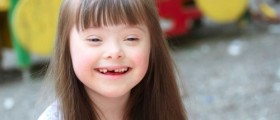
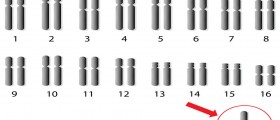
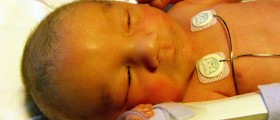

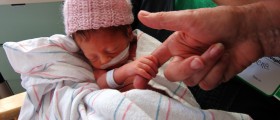

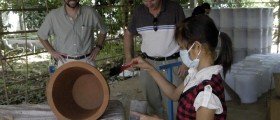







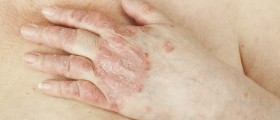
Your thoughts on this
Loading...